Physical Address
304 North Cardinal St.
Dorchester Center, MA 02124
Physical Address
304 North Cardinal St.
Dorchester Center, MA 02124
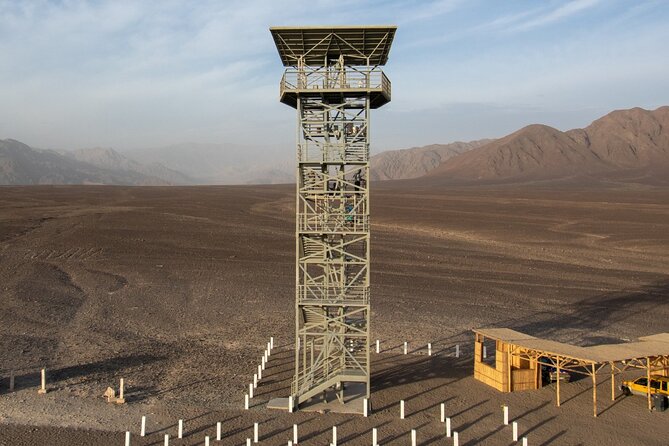
Mesmerizing geoglyphs and engineering marvels await as you uncover the enigmatic Nazca Lines and Cantalloc Aqueducts on this captivating tour through Peru's rich heritage.
Exploring the enigmatic Nazca Lines and the engineering marvels of the Cantalloc Aqueducts offers a captivating journey through Peru’s rich heritage. This highly-rated tour provides an opportunity to witness the intricate geoglyphs from above and uncover the ingenious water management system that sustained the Nazca civilization. With a knowledgeable guide and private transfers, travelers can explore the mysteries that have captivated historians and adventurers alike. What secrets might this tour unveil?
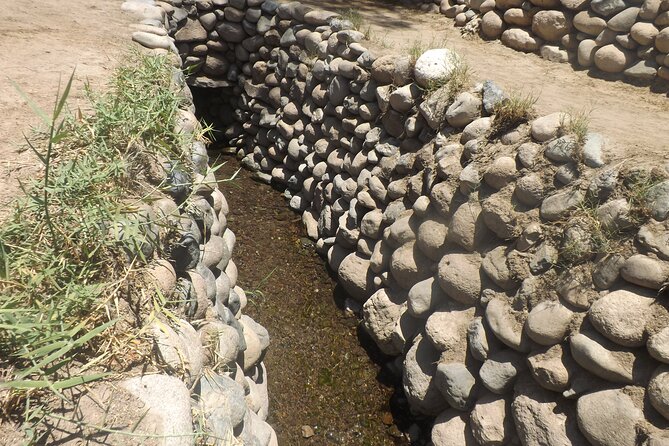

The Nazca Lines and Cantalloc Aqueducts Tour offers visitors an unparalleled opportunity to witness the enigmatic Nazca Lines and the ingenious Cantalloc Aqueducts, both UNESCO World Heritage sites located in the stunning Peruvian landscape.
This comprehensive tour provides a private air-conditioned vehicle, airport transfers, and a knowledgeable guide. Participants can enjoy a bird’s-eye view of the captivating Nazca Lines from a small aircraft, exploring the intricate geoglyphs that have puzzled researchers for decades.
The tour also includes a visit to the impressive Cantalloc Aqueducts, a marvel of ancient Peruvian engineering. With highly rated reviews, this experience promises unforgettable memories.
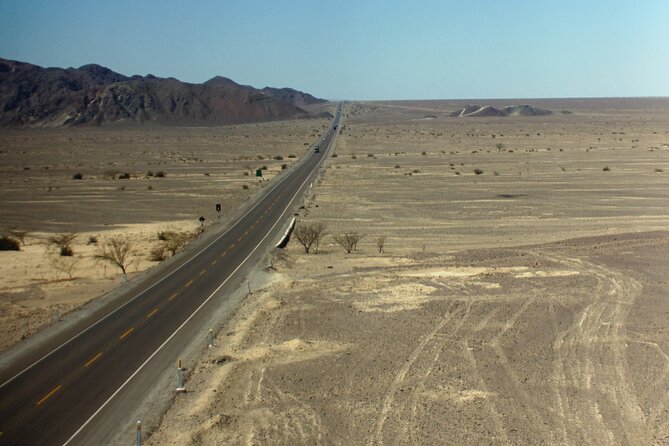
Although shrouded in mystery, the Nazca Lines captivate visitors with their enigmatic and massive geoglyphs etched into the Peruvian desert.
Spanning over 50 miles, these ancient designs depict a variety of animal and geometric shapes, including hummingbirds, monkeys, and spiral lines.
Theories abound as to their purpose, from serving as an astronomical calendar to being a message to the gods.
Theories abound as to their purpose, from serving as an astronomical calendar to being a message to the gods.
During the tour, guests soar over these remarkable creations in small planes, marveling at the scale and precision of the lines.
It’s an unforgettable experience that leaves visitors in awe of this UNESCO World Heritage site.
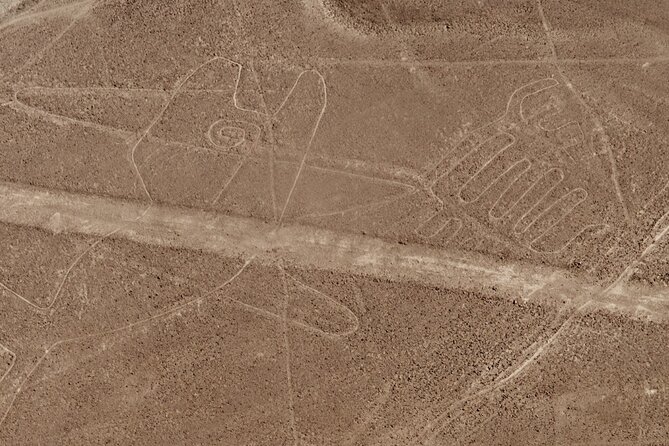
While the Nazca Lines captivate visitors with their mysterious designs, the nearby Cantalloc Aqueducts showcase the impressive engineering prowess of the ancient Nazca civilization.
Constructed over 1,500 years ago, this network of underground canals and surface aqueducts was designed to efficiently transport water across the arid terrain.
Visitors can marvel at the remarkable feat of hydraulic engineering, which includes strategically placed stone water channels, reservoirs, and distribution points.
The Cantalloc Aqueducts highlight the Nazca’s advanced knowledge of hydrology and their ability to thrive in a challenging environment.
For those booking the Nazca Lines and Cantalloc Aqueducts Tour, transportation and meeting points are clearly outlined.
Guests will have private air-conditioned transfers to and from their Nazca accommodation. The meeting point is at the Aeronasca – Nazca Lines counter at Maria Reiche Airport, easily identified by its navy blue color and logo.
Private air-conditioned transfers and meeting at the Aeronasca – Nazca Lines counter at Maria Reiche Airport, identified by its navy blue color and logo.
Pickup is available from various SOLO DE NAZCA bus stations around town. The tour ends back at the meeting point.
Guests must confirm the exact start time with the local provider in advance, as the tour operates daily from 7 AM to 3 PM between April 2024 and March 2026.
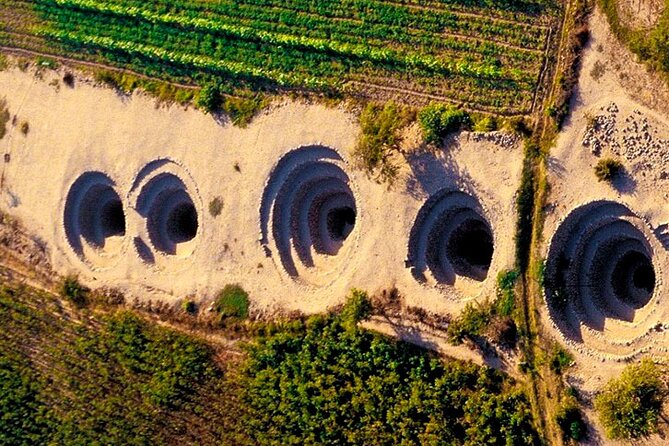
The Nazca Lines and Cantalloc Aqueducts Tour provides convenient transportation options for participants.
Private air-conditioned vehicles ensure a comfortable ride, with transfers in and out of Nazca. Pickup is available at multiple bus stations, making it easy for travelers to join the tour.
The meeting point is at the Aeronasca – Nazca Lines counter at Maria Reiche Airport, clearly marked in navy blue with the company’s logo.
At the end of the tour, guests return to the same meeting point. This thoughtful transportation plan prioritizes seamless logistics, allowing visitors to focus on the incredible sights.
The Nazca Lines and Cantalloc Aqueducts Tour is open from April 18, 2024 to March 5, 2026, with daily tours departing between 7:00 AM and 3:00 PM.
Travelers can confirm the exact start time with the local provider in advance. The tour schedule offers flexibility, allowing visitors to choose a convenient time that suits their itinerary.
The tour’s availability on Monday through Sunday ensures accessibility for all travelers, whether they prefer an early morning or afternoon excursion.
With this schedule, guests can easily incorporate the Nazca Lines and Cantalloc Aqueducts experience into their Peru vacation.
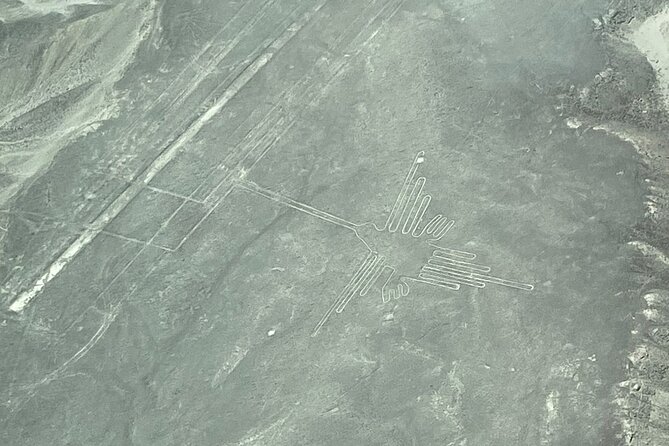
Travelers highly praise the unforgettable aerial views and smooth rides of the Nazca Lines and Cantalloc Aqueducts Tour. Aboard professional flights, passengers enjoy accurate descriptions of the famous Nazca designs below.
The tour’s customer service also earns consistent praise for its politeness and professionalism. At just $103 per person, the small-group tour (maximum 12 travelers) offers exceptional value.
With convenient pickups and drop-offs, the tour provides a seamless experience from start to finish. Whether you’re marveling at the enigmatic Nazca Lines or exploring the ancient Cantalloc Aqueducts, this tour promises an unforgettable adventure.
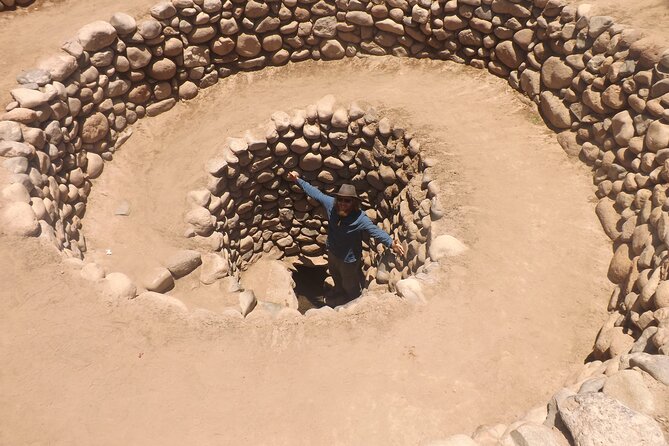
While the tour isn’t wheelchair accessible, it’s conveniently located near public transportation.
Infants must sit on laps during the flight experience. Travelers can take advantage of the free Wi-Fi available at the counter.
Plus, the tour offers a flexible booking option, allowing customers to reserve now and pay later.
The tour experience includes:
Photography is allowed during the Nazca Lines flight experience. Travelers can capture the stunning aerial views of the famous geoglyphs to commemorate their unforgettable journey over this UNESCO World Heritage site.
Yes, travelers can bring their own snacks and drinks on the tour. The tour provider allows passengers to bring personal refreshments to enjoy during the flight over the Nazca Lines and visit to the Cantalloc Aqueducts.
The tour typically accommodates up to 12 travelers in each group. This small group size allows for a more personalized experience and ensures everyone has ample opportunity to enjoy the sights and ask questions throughout the tour.
The tour has no age restrictions, but infants must sit on laps. It’s suitable for travelers of all ages, though parents should consider their child’s ability to enjoy the flight experience and long transportation times.
Travelers can extend their stay in Nazca after the tour concludes. The tour provider offers flexibility, allowing participants to explore the area further at their own pace. However, any additional arrangements would need to be made independently.
This tour offers a unique opportunity to witness the Nazca Lines and Cantalloc Aqueducts, two remarkable archaeological wonders of Peru. With knowledgeable guides, private transfers, and an affordable price, it’s an enriching and convenient way to explore the country’s captivating heritage. Whether you’re a history buff or just seeking an unforgettable experience, this tour is sure to leave a lasting impression.